Pickleball Strategies - Mastering the Fundamentals
In pickleball, mastering the foundational strategies is crucial for every player, regardless of their experience level. These fundamental techniques can significantly impact gameplay and contribute to a competitive edge.
Serve with Power and Precision
One of the most critical components of the game is the serve. A well-executed serve can set the tone for the entire point. By aiming deep into the opponent's court and specifically targeting their backhand, players can push their opponents back, forcing them into a defensive stance right from the start. This strategy is akin to a chess player who makes a strategic opening move powerful and calculated.
Additionally, varying serve speed, spin, and placement helps keep opponents guessing. A deep serve can disrupt the opponent’s rhythm, making their return more challenging and giving you a strategic advantage for your next shot. Experimentation with different types of serves can reveal which works best against specific opponents. Ultimately, a consistent and effective serve can spell the difference between winning and losing a point.
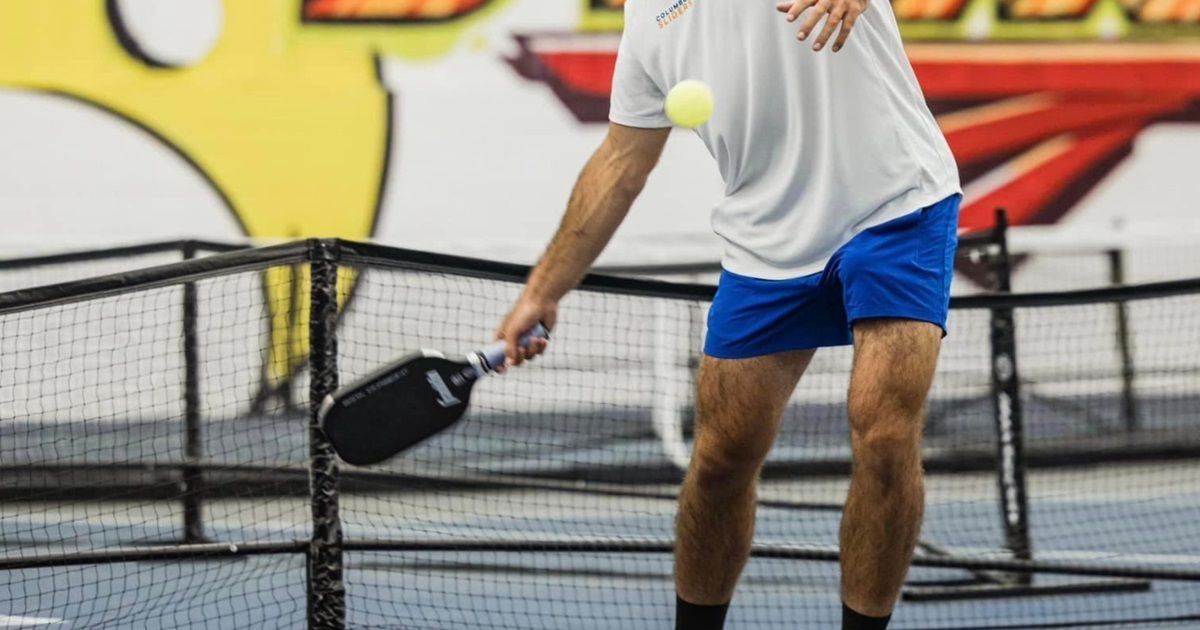
Return with Purpose
Just as a strong serve sets the stage, a purposeful return of serve can dramatically change the dynamic of a match. Aiming to hit deep returns into the opponent's court, players should focus on targeting their opponent’s weaker positioning, commonly surrounding their third shot. This approach can neutralize aggressive serves and give the returner the upper hand.
Moreover, by precisely aiming for the opponent's backhand, players can encourage mistakes and create scoring opportunities. An effective return allows you to regain control of the point and position yourself advantageously at the non-volley zone line. Just like a skilled archer who knows exactly where to aim, a well-planned return can hit the mark and increase your chances of winning the point.
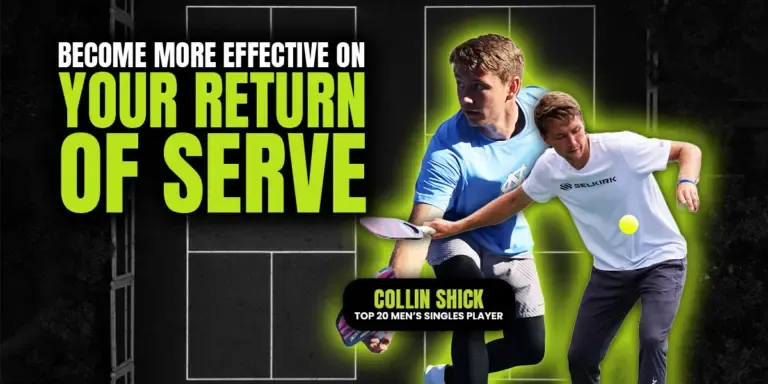
Command the Non-Volley Zone
The non-volley zone, or "the kitchen," is among the most critical areas on the pickleball court. Mastery over this zone can greatly influence a player’s performance during a match. Players should strive to make dinks a soft shot hit just over the net across the court to maintain control. When executed correctly, crosscourt dinks create opportunities for offensive plays while forcing opponents into errors.
Developing soft touch and control is vital for placing dinks strategically. This tactic can transform a player from a reactive position into one of dominance. With smart dinking, players can lure opponents up to the net, setting themselves up for an attack. In the game of pickleball, controlling the kitchen is akin to holding the high ground in a battle; it gives you the upper hand.
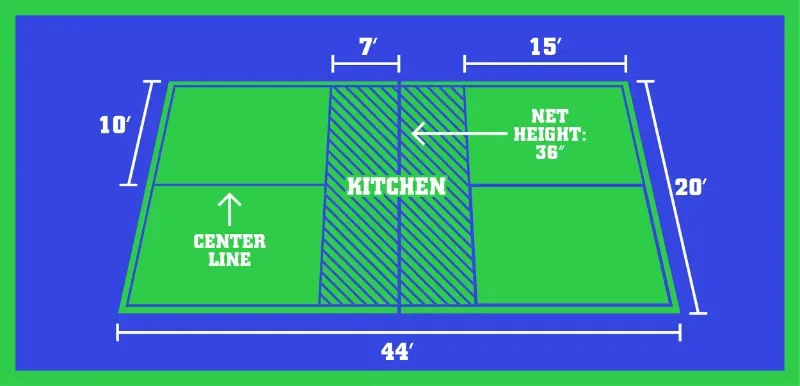
Elevating Your Game with Advanced Strategies
As players grow more proficient and confident in their fundamental skills, it’s essential to explore advanced strategies that can further enhance their competitive edge on the court. These techniques can often determine the outcome in closely contested matches.
Unleash the Drive
Recognizing the appropriate moments to unleash powerful drives is essential for players looking to assert dominance during play. Drives deliver aggressive shots and can put considerable pressure on opponents. However, it’s crucial to maintain control and precision; errant shots that go out of bounds can shift momentum in favor of the opposition.
When met with a drop shot, a well-placed drive can thwart the opponent's tactics and regain control. Much like a lion waiting to strike, selecting the right moment to engage can yield excellent results in dictating the flow of the game.
Lobbing for Advantage
The art of lobbing can yield significant advantages when executed correctly. Players can use offensive lobs as strategic tools when their adversaries crowd the net, creating gaps that can be exploited. Conversely, defensive lobs are vital for those moments when players need time to recuperate and reposition themselves.
Timing and placement are vital when incorporating this technique. A well-placed lob that arcs over the opponent’s head can force them into challenging positioning, creating opportunities for follow-up shots. Lobbing is factually similar to pouring a fine wine one must know when to decant it for the best result.
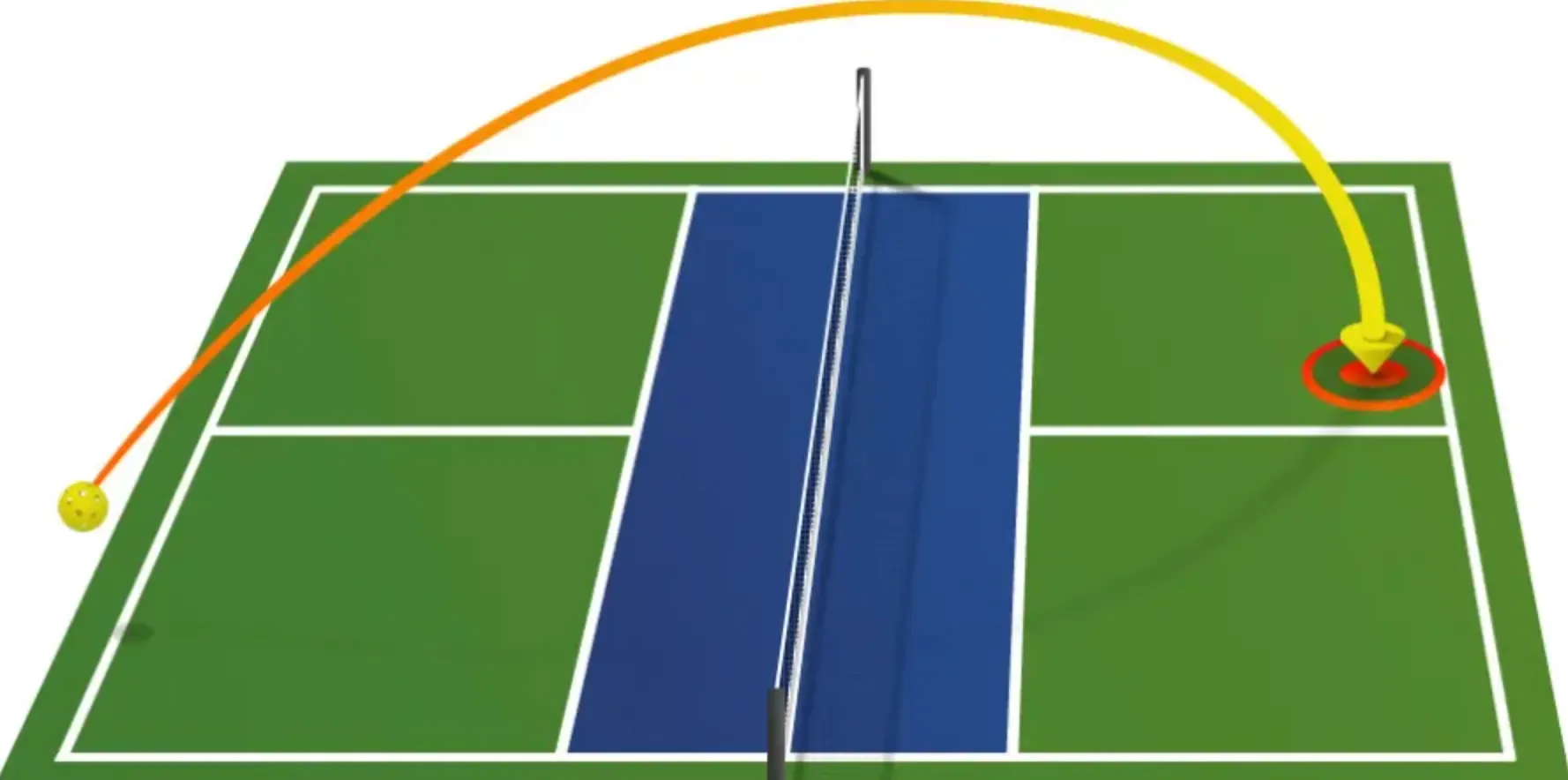
The Power of Volleying
Recognizing opportunities for attacking volleys can separate proficient players from the rest. Developing quick reflexes and sharp placement during volleys can lead to high-scoring chances. Maintaining a strong net presence, where quick decision-making is crucial, applies pressure on opponents, continuously testing their skill and focus.
A player who can volley with precision and authority becomes a formidable force at the net. Like a hawk scanning the landscape, a player's readiness to pounce on an opportunity can lead to a battlefield victory on the pickleball court.
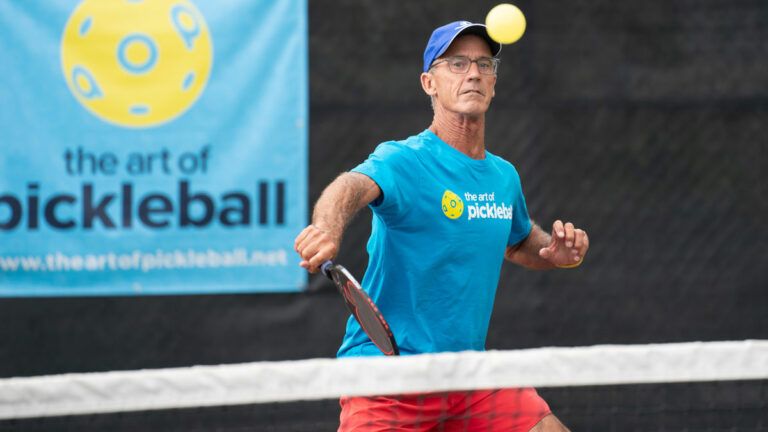
Doubles Domination: Strategies for Teamwork and Success
Doubles gameplay presents additional challenges and opportunities for players. Effective teamwork relies heavily on communication and strategic positioning, making it essential for partners to develop strong synergy on the court.
Communication is Key
In doubles matches, effective communication with partners is crucial. Establishing clear signals for shot selection and court coverage helps prevent confusion during play. A well-coordinated duo can capitalize on openings that arise, leading to successful rallies and points.
Encouraging and supportive dialogue with a partner fosters a positive atmosphere. Much like a well-practiced duo performing a synchronized routine, building strong communication leads to seamless strategic executions that can overwhelm opponents.
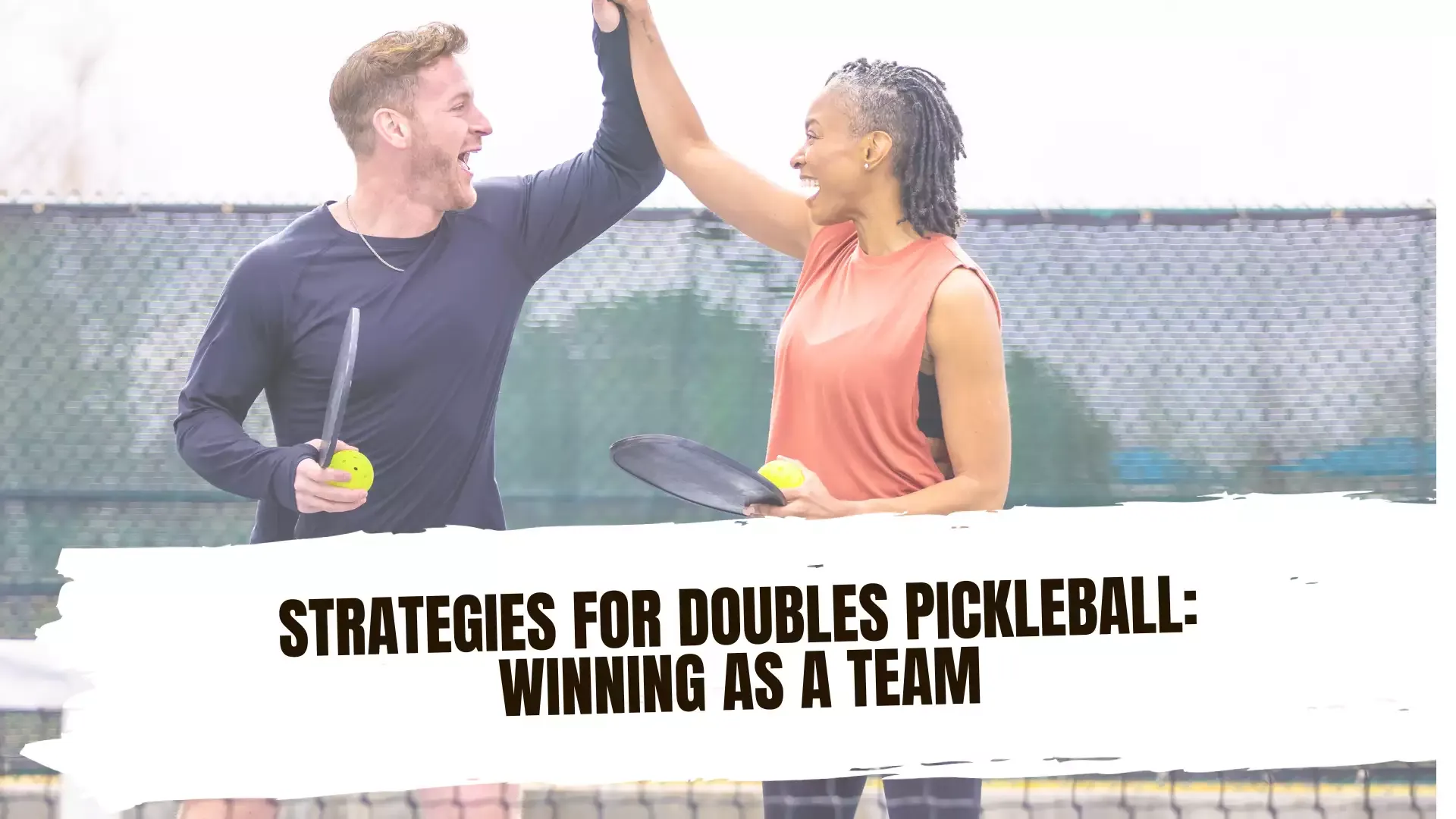
Strategic Stacking
Understanding the principles behind stacking can optimize court coverage and shot angles for both players. This technique might involve adjusting positioning based on the opponent’s strengths and weaknesses, allowing for a dynamic representation of court strategy.
Experimenting with stacking formations can contribute to uncovering new angles for attacking shots. As players become more adept tactically, they can adjust their formations based on observed tendencies from their opponents, heightening their competitive edge.
The Art of Poaching
Poaching intercepting shots intended for your partner is a vital skill. Utilizing pre-arranged signals for poaching allows team members to anticipate each other's movements and position themselves effectively. Recognizing moments to intercept an opponent's shot can dramatically alter the course of a match.
Practicing poaching techniques can create strategic elements in gameplay without revealing intentions to the adversaries. Essentially, this skill can be viewed as a magician's deft sleight of hand; executed correctly, it can bewilder and disrupt the opponent's strategy.
Mental Toughness: Winning the Mind Game
As much as pickleball relies on physical techniques, mental toughness plays a significant role in high-stakes matches. Developing a strategic mindset is essential for success.
Patience is a Virtue
Instilling patience during rallies allows players to quietly await the right opportunity for an offensive move. Rushing to attack can create openings for errors, and strategic players must resist the impulse to abandon their game plan.
By maintaining a focus on shot selection, a patient player can draw out errors from their opponents. Much like a seasoned playwright, a player should execute their strategies carefully, ensuring that each act unfolds perfectly without haste.
Anticipate and React
Reading opponents’ body language and cues for shot selection is crucial for anticipatory reactions. Players must remain vigilant and ready to adjust their gameplay based on dynamic exchanges.
Developing quick reflexes allows players to capitalize on misplayed shots or take advantage of unexpected opportunities. The ability to predict and adapt can transform a gameplay scenario from mere survival into a conquest; the ability to react swiftly can serve as a game-winner.
Taking Your Game to the Next Level: Resources and Practice
Improvement in pickleball, like any sport, is an ongoing journey. Leveraging practice and resources can lead to skill enhancement.
Practice Drills and Resources
Incorporating tailored drills into your practice routine is essential for refining specific skills. Drills focused on serves, returns, dinks, and volleys can build essential muscle memory and consistency.
Online resources, video tutorials, and coaching materials are abundant and can significantly enhance understanding and technique. Just as athletes train their bodies, players should also be training their minds through study and practice.
Analyzing Your Game
Recording and reviewing matches can be a valuable tool for self-assessment. Players should take time to analyze their performance, identifying strengths and areas of improvement.
Feedback from experienced coaches or teammates can illuminate blind spots in a player’s game. Taking the time to review performances allows players to be more intentional in their progression, cultivating a mindset of continuous improvement.
Stay Updated
Pickleball is an evolving sport; staying informed about rule changes, emerging strategies, and equipment innovations can contribute to a player’s adaptability and competitive edge. Participating in tournaments and observing high-level play enhances understanding, providing firsthand experience of advanced tactics and techniques in action.
In conclusion, whether you're just starting or aiming to refine your skills, understanding and implementing these pickleball strategies can create a pathway to success on the court. By mastering the fundamentals and embracing advanced tactics, players can prepare themselves not just to play, but to dominate transforming the game into a strategic endeavor where victory is within reach.










